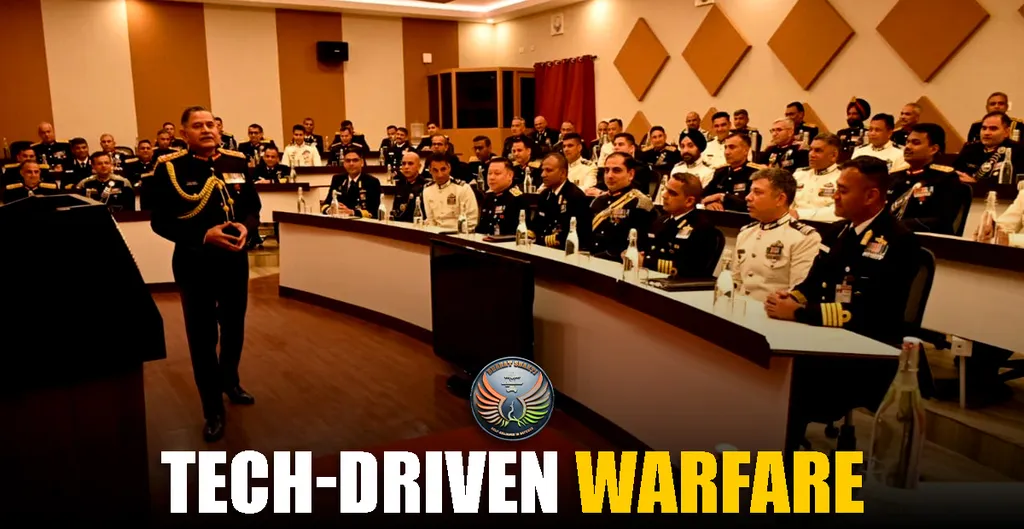The Ministry of Defence’s Technology Perspective and Capability Roadmap (TPCR) 2025 is a bold blueprint for India’s military future, outlining a sweeping transformation of the armed forces over the next 15 years. The strategic document, released by the Ministry of Defence, is more than just a procurement plan—it’s a call to action for the Indian defence industry, academia, and research institutions to align their innovation efforts with the military’s long-term vision.
At its core, the TPCR 2025 aims to equip India’s armed forces for the complexities of multi-domain warfare, including cyber, space, and AI-driven conflicts. By providing early visibility of future requirements, the roadmap seeks to accelerate indigenisation and self-reliance in defence technologies, reducing dependence on foreign suppliers and fostering a domestic ecosystem of cutting-edge innovation.
The Navy’s ambitions are particularly striking, with plans to induct nuclear propulsion systems and a next-generation aircraft carrier equipped with Electromagnetic Aircraft Launch Systems (EMALS). These advancements will significantly boost India’s long-range naval capabilities, reinforcing its strategic presence in the Indo-Pacific. Additionally, the induction of destroyers, corvettes, Landing Platform Docks (LPDs), Autonomous Underwater Vehicles (AUVs), and fast interceptor craft will strengthen maritime security, anti-submarine warfare, and coastal defence.
For the Army, the TPCR 2025 signals a major modernisation push, including the replacement of ageing fleets with 1,800 Future Ready Combat Vehicles (FRCVs) and the procurement of light tanks tailored for high-altitude mountain operations. The acquisition of Anti-Tank Guided Missiles (ATGMs), integration of Unmanned Aerial Vehicles (UAVs) with loitering munitions, and the deployment of robotic systems for counter-IED operations reflect a shift towards network-centric and hybrid warfare capabilities.
The Air Force is set to deploy directed-energy weapons, such as laser systems and stealth bomber drones, enhancing its deep-strike and deterrence capabilities. The use of High-Altitude Pseudo-Satellites (HAPS) and stratospheric airships will provide persistent Intelligence, Surveillance, and Reconnaissance (ISR) and secure communications, critical for two-front war scenarios.
A tri-service initiative will see the development and induction of over 500 hypersonic missiles with scramjet propulsion and universal missile launchers, ensuring strategic deterrence and interoperability across all three services. Additionally, the adoption of AI-enabled cyber tools, quantum communication networks, and satellite-hardening measures will fortify India’s defences against cyber warfare and space-based threats.
Cross-cutting technologies, including AI, Machine Learning (ML), digital twin simulations, and autonomous systems, will enable smart, data-driven, and predictive warfare. The integration of green logistics and energy-efficient systems underscores the military’s commitment to sustainability, aligning defence strategy with national environmental goals.
The TPCR 2025 is not just a roadmap—it’s a strategic pivot. By setting a clear trajectory for defence innovation, the document challenges Indian industry to step up and meet the demands of modern warfare. As the armed forces prepare for an era of multi-domain conflict, the TPCR 2025 will shape the future of defence technology, ensuring India remains at the forefront of global military advancements.

